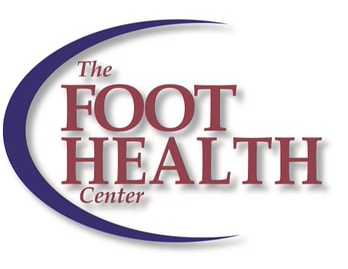Plantar fasciitis is one of the most common causes of heel pain in adults. This condition usually presents with severe stabbing pain when taking your first steps in the morning. The pain normally decreases with more steps but might return after long periods of sitting or standing. Plantar fasciitis is common in runners, overweight individuals, pregnant women, people on their feet for long periods, and those who wear shoes with inadequate support. Plantar fasciitis is a limiting condition but can typically be managed with the right treatment.
Plantar Fasciitis Explained
Plantar fasciitis is a degenerative condition that occurs when the plantar fascia is irritated and inflamed. The plantar fascia is a tough, fibrous band of tissue that lies beneath the skin and runs along the sole of the foot. It connects the heel bone to the base of the toes, providing dynamic shock absorption and static arch support while walking. With overuse or in time, the plantar fascia gradually loses its elasticity or resilience. When the tissues are inflamed or torn, pain is inevitable.
Plantar Fasciitis Causes And Risk Factors
The plantar fascia is designed to absorb the strains and high stresses we place on our feet. But too much pressure can tear or damage the tissues. The body responds to this by causing inflammation, resulting in heel pain and stiffness.
You’re more likely to develop plantar fasciitis if you:
- Are a runner or jumper
- Are 40 years old or older
- Have flat feet or high-arched feet
- Are overweight
- Wear shoes with soft soles or poor arch support
- Stand for prolonged periods of time
- Work or exercise on a hard surface
- Exercise without stretching your calves
- Often wear high-heeled shoes
- Have tight Achilles tendons
Symptoms Of Plantar Fasciitis
Plantar fasciitis produces a throbbing or stabbing pain in the heel or sometimes at the bottom mid-foot area. The pain is usually sharpest in the morning or after other periods of inactivity. The degree of discomfort can lessen over the day, but it can worsen after prolonged or intense activity. Plantar fasciitis usually affects one foot, but it can also occur in both feet.
Plantar Fasciitis Diagnosis And Treatment
Your podiatrist will perform a physical exam to find the exact location of the pain, check for tenderness in your foot, and evaluate the strength of your muscles. This is done to make sure your heel pain isn’t the result of a different problem. An x-ray or MRI scan may be necessary to rule out arthritis, bone fractures, tendinitis, cyst in the heel, or nerve entrapment.
Treatment options for plantar fasciitis include:
- Cutting back on activities that make your foot hurt
- Wearing supportive, well-cushioned shoes
- Using appropriate arch supports, shoe inserts, or custom-made foot orthotics
- Stretching your toes and calf muscles several times a day
- Using a night splint while sleeping to stretch the foot and reduce tightness in the calf muscle
- Applying ice to the painful area three to four times a day for 10-15 minutes
- Losing weight
- Taking pain-relieving, non-steroidal anti-inflammatories
In general, the more severe the pain and the longer the symptoms have been present, the longer the treatment may take. If you don’t see improvement within 10 months of treatment, your health care provider may recommend steroid shots into the heel to reduce pain. They may also recommend surgery to partially detach the plantar fascia from the heel bone or lengthen the calf muscle.
Ready To Help You Walk Without Pain
At The Foot Health Center, we don’t want your life to be hindered by plantar fasciitis. We provide comprehensive exams using the latest proven technology to determine the severity of your condition and provide tailored treatment that is more effective and convenient for you. If you suffer from heel pain, contact us today to schedule your initial visit.


